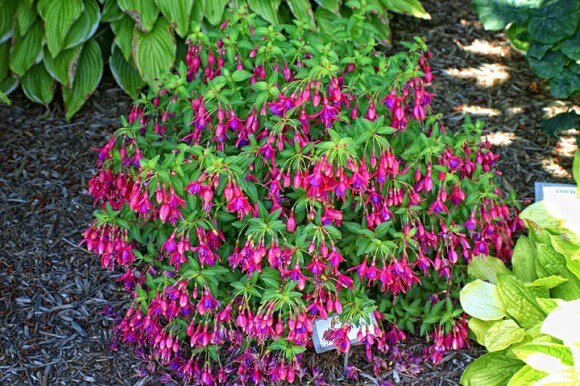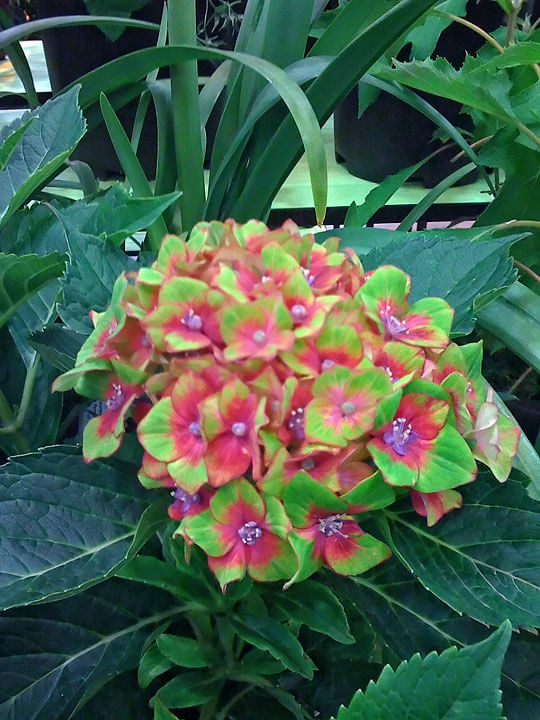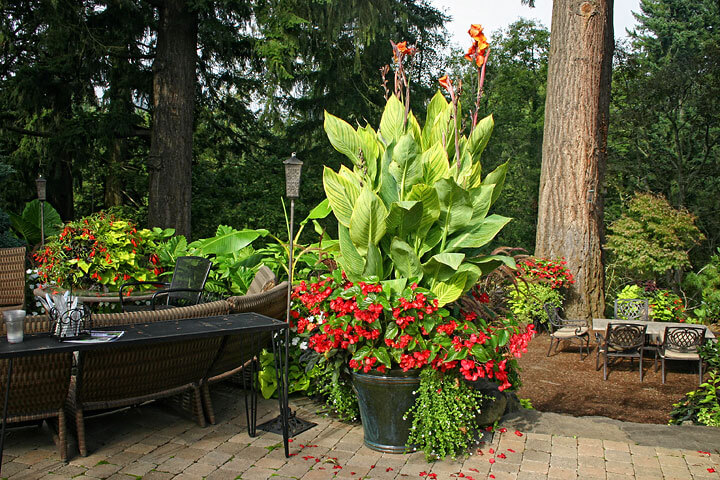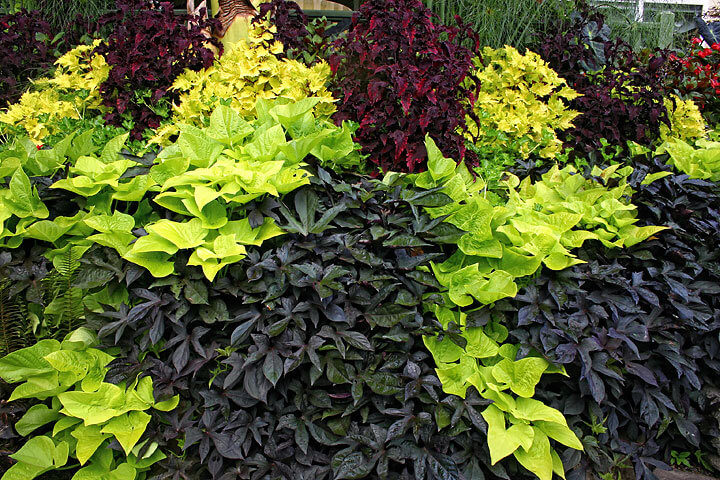From mid-September through October, here in the Pacific Northwest, we have an abundance of plants for great fall color. Whether it is foliage, stems, bark or flowers, the color array is almost unbelievable. I think the reason we do not see more of these plants is that many times they reach their prime in the fall and this is not a time of year that we are generally visiting garden centers or viewing home gardens. Here are some ideas that I would like to share after recently visiting various private gardens.
But first, here are some suggestions and comments. We had a late wet and cool spring. This resulted in many gardeners getting a late start. Then when summer arrived, it generally provided ideal conditions for most of the plants we grow here. Now that we are into autumn, the weather is still quite hot and the winds very drying. There are so many plants that I want to extend the season with because we could easily have six more weeks of nice weather. In my own garden, it is difficult to keep everything watered and I am thankful that I used a generous amount of Black Gold Garden Compost Blend at time of planting. In some areas of my garden where it is particularly sunny and dry, I mixed in Black Gold Just Coir as an organic soil amendment to increase the water holding capacity of the soil.
In the many pots on my deck and patio, my choice was primarily Black Gold Natural & Organic Potting Soil and this has been a huge asset in helping my pots not to dry out. When I compare my pots with some neighbors that did not use this potting soil, the difference is striking with mine having a big advantage. Most of my potted plants are still lush looking and thriving.
It seems as though it has been a banner year for Hydrangeas. I find that they generally do best with protection from the hot afternoon sun. They thrive in areas of morning sun or dappled shade such as from a tree. They also need a good supply of moisture and Black Gold Just Coir has proven to be a perfect amendment in my garden. This product, as the name implies, is actually coconut coir pith and has tremendous water holding capacities. It is a natural and organic soil amendment. While I have many hydrangeas in my garden, a new one this year is called ‘Pistachio’. With flowers that vary in color from the time they open until they fade, this has been a real conversation piece. It is relatively new on the market but should be readily available at most garden centers. I have also seen Hydrangea ‘Pistachio’ planted in a container and it is spectacular.
For a sunny location, try cannas. These big and bold foliage plants seem to thrive in a full sun location. There are many different leaf colors and patterns to choose from and the photo here is just one example of what an outstanding container plant Cannas can make. This is Canna ‘Pretoria’ with gorgeous, large, variegated leaves with orange flowers towering above. The base is planted with begonias which will bloom all summer. In our climate, they will usually survive a winter if they have good drainage and a heavy layer of mulch over the top. However, I have a favorite one that I want to be certain that it survives and I always lift and store the rhizomes after the first frost.
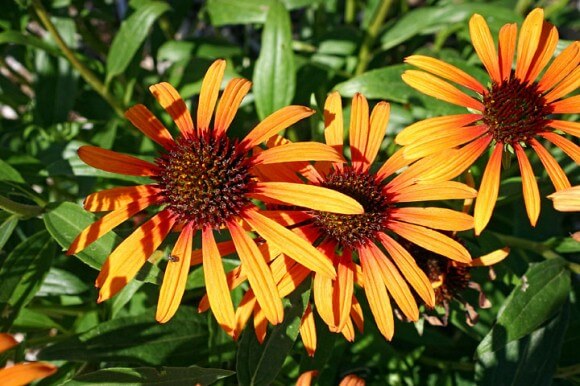
In a hot and very sunny location and for a plant that thrives in these conditions, consider the North American native Echinacea. You might be familiar with this under that name Purple Cone Flower as this has been a staple plant in many established gardens. Recently there have been many new introductions with a wide range of color. The picture here is Echinacea ‘Flame Thrower’ and judging from the flower; I believe you can see how it got the name. Echinacea flowers are excellent for cutting and in the fall, if they are left on the plant to produce seed, you will discover that they are favored by finches. Echinacea plants need good drainage during the winter in order to survive. The addition of pumice to the soil will help provide this and sometimes even making a small mound of a mixture of pumice and soil around the base of the plant will help keep standing water away from the crown.
For a difficult slope or bank, here is a photo of an excellent example of a mass planting of sweet potato vines in both chartreuse and almost black foliage. Sweet potato vines generally do not even begin growing until warm weather arrives, but then watch out! They can grow extremely fast and can quickly fill in a vacant space in the garden. Note the sun coleus at the top of the slope, once again a plant that is a good example of one that can provide amazing color in the foliage throughout the summer season.
I would be remiss without mentioned Hardy Fuchsias. These wonderful hummingbird magnets are becoming increasingly popular and the range of flower color and growth habits of the plants is astounding. A particular favorite of mine is ‘Tom Thumb’. This is a compact grower and you can tell by the picture, the plants can be covered with small flowers. Hardy Fuchsias bloom from about June until we get a frost. They may die back to the ground, but in western Oregon and Washington, they are almost always root-hardy and will return in the spring.
Except for the Hydrangea, the above mentioned plants will continue to produce flowers and provide wonderful foliage as long as the weather stays warm. These are plants to remember to buy in the spring to extend the flowering season in your garden and all are easy to grow. Your fall garden can indeed be quite colorful.
